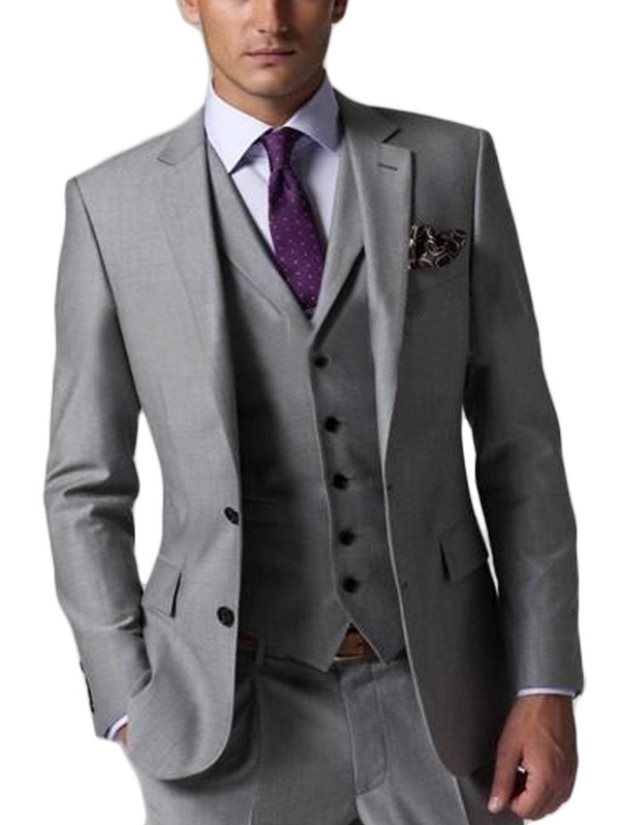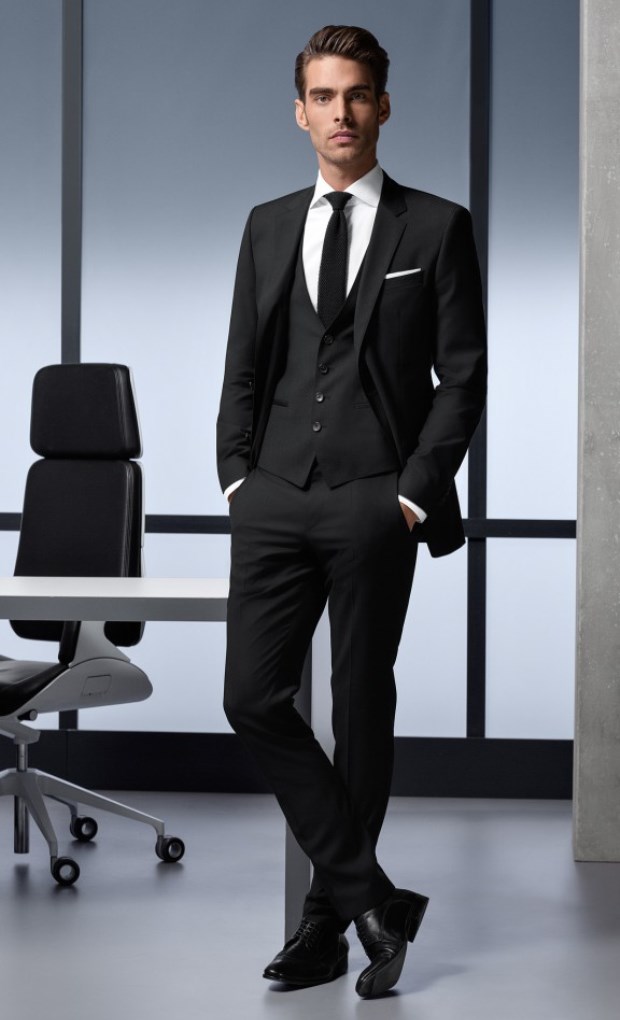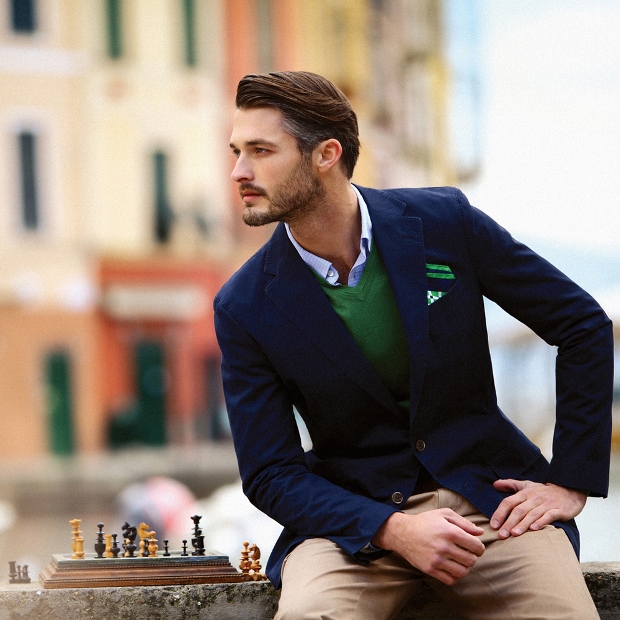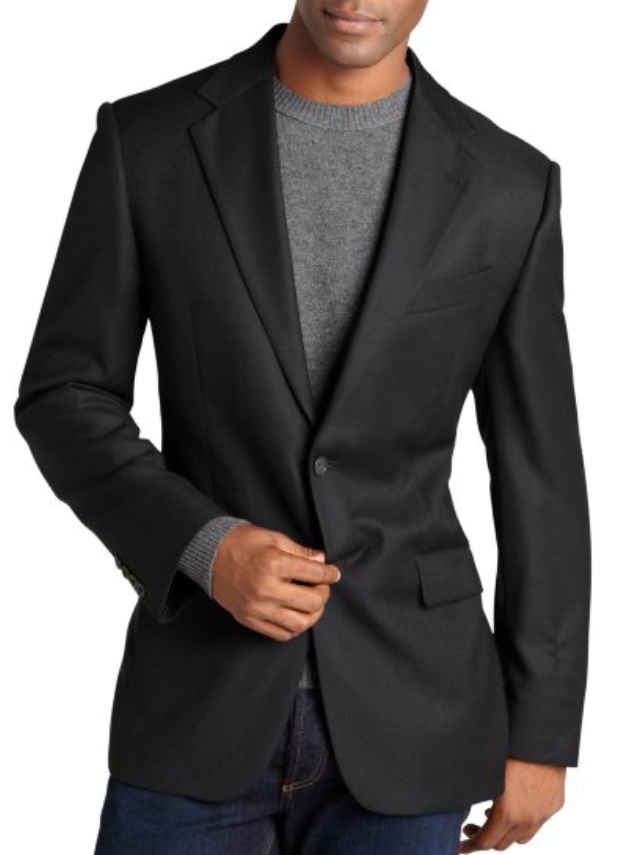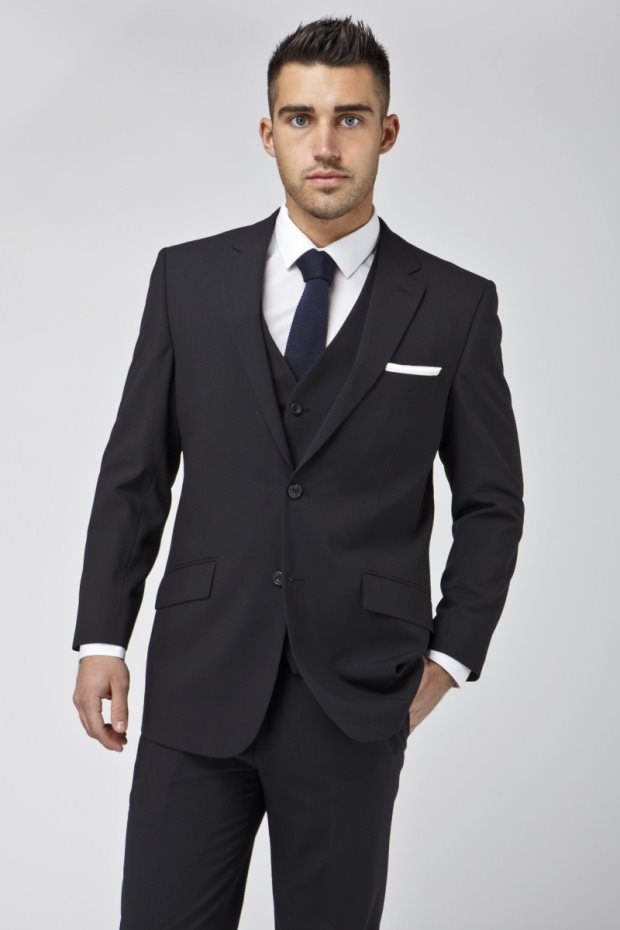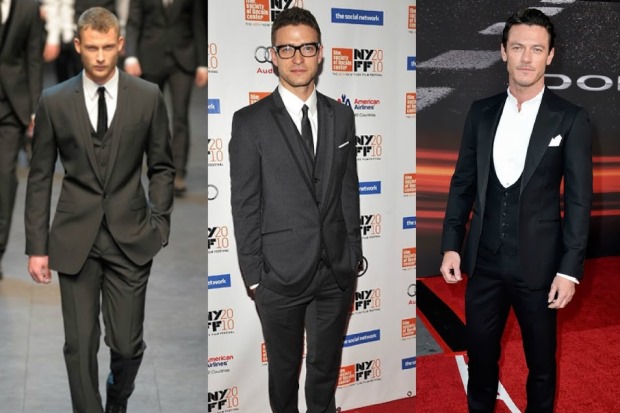Single-breasted suits have evolved from the everyday garb of nobility and royalty of centuries past to the present day’s decorum of business or formal wear. Our bespoke expert shares his expertise on how to tailor a single-breasted suit
INTRODUCTION
Descended from the riding coats worn by English nobility, the single-breasted suit remains a symbol of formality, decorum and power today. A staple of the modern business wardrobe, presidents and job aspirants alike don the suit when that added bit of gravitas is required.
Yet, all that gravitas can easily be lost by a poor fitting suit. Eva Green’s character in the film Casino Royale, when referring to a bespoke suit, famously proclaimed, “There are dinner jackets and there are dinner jackets. This is the latter.” Indeed, there is nothing that flatters the wearer’s body more than a suit tailored specially for him.
However, venturing to a tailor for the first time can be an overwhelming experience. The sartorial craft is arcane, peppered with traditional rules and details. One might wonder why buttons are hidden behind the lapel. Or which vent arrangement will be most suitable. Or why the last button on his suit cannot be fastened.
Indeed, why learn these traditions at all?
While it is true that some of these traditions were derived from historical quirks (for example, personal preferences of particular royal persons), these sartorial rules, for the most part, represent a distillation of the tailor’s know-how, the usable results of their centuries-old quest to flatter the male form by molding fabric around it.
Therefore, an understanding of the traditional rules is a crucial first step to developing your own personal sense of style. Besides, bespeaking your suit is intended to be a collaborative process between you and your tailor. Understanding these underlying rules will enable you to customize your suit according to your preferences, rather than to surrender your style discretion entirely to your tailor.
In the next few pages, we distil the most important traditions and rules to note when bespeaking your suit.
LOOK & FIT
As a guiding principle, the suit should fit you, not the other way round. Thus, your decisions in bespeaking your suit should be based on your body type, not the prevailing fashions of the day. And while looking good is important, the suit must also be very comfortable to wear. No credit should be given to a tailor who makes good-looking suits that restrict the wearer’s movements.
In the 1800s, the English riding coat, ancestor of the modern day suit, allowed freedom of movement to horseback riders. In modern times, look to the virtuoso dance performances of Fred Astaire and Gene Kelly in the movie “Ziegfeld Follies”. Their suits appear molded to their bodies, flowing gracefully with their movements.
Here are some guidelines for a good fit.
SHOULDERS
The shoulder of the suit should end at the edge of the deltoids, creating a natural line that drops down from the shoulder.
LENGTH OF COAT
The length of a coat is extremely important for the overall balance of your suit.
There are several indications of correct coat length.
(1) It should be just long enough to cover the seat of your trousers.
(2) With hands by your side, the coat should end roughly where your thumb meets your forefinger.
(3) When viewed from behind, the coat should cover about half the length between your collar to the ends of your shoulder.The best way to determine if your suit is of the correct length is to use all three methods during the first fitting, and make small adjustments in subsequent fittings.
BUTTON POSITION
The position of the buttoning point is very important for both the look and fit of your suit.
The buttoning point creates a fulcrum between the upper part (where the swell of the chest is), and the bottom part (where the panels meet). A correct buttoning point prevents a suit from bunching up unnaturally when you are seated.
Traditional tailors will locate this button point half an inch below the natural waist. The natural waist is the narrowest part of the waist. For most men, this would be an inch or two above the navel.
For 2-button coats, this impacts where the top button should be placed, and for 3-button coats, where the middle button should be placed.
In general, 2-button coats create a deeper “V” in the front, and thus a greater illusion of height is created for the wearer. Refer to our next section on Bespoke Details for a guide on which coat to pick for your body type.
The correct button point prevents the suit from bunching up when you are seated (see above).
COLLAR
The collar of your suit should hug the rear of the shirt collar at all.
SLEEVES
Coat sleeves should show half an inch of the shirt sleeves when standing with arms by your side. The shirt sleeve itself should be about half an inch to one inch below the wrist bone.
Trivia: In many ready-to-wear suits, the sleeves are often cut too long to make it easy for subsequent alteration. This explains why the cuff buttons on a ready-to-wear coat are non-functional, so that they can be moved up and down the suit sleeves during alteration.
ARMHOLE POSITION
An oft-neglected but extremely important detail is the armhole position. This should be set as high as possible, no more than an inch below your armpit.
This minimizes the chances of your entire coat riding up when you raise your arms. A coat riding up in this manner is extremely unsightly, and one of the surest signs of a bad fit.
This would also, by extension, require shirts that are also cut with correspondingly high armholes, so they do not bunch up under the coat.
BESPOKE DETAILING
Given that you are bespeaking your suit, the details that you can specify are truly infinite in variety. Some gentlemen like to specify details such as hand-stitching, button material and the lining of the suit. The only boundaries are those set by your imagination and the limits of good taste.
In this section, we shall cover some common details you can ask for when bespeaking your suit.
NUMBER OF BUTTONS
Traditional single-breasted coats are made in 2-button or 3-button configurations.
In a ‘true’ 3-button suit, the top two buttons are fastened, leaving the bottom button unfastened. However, the visual impact of this is a shortened lapel line, resulting in the wearer looking shorter than he would be in a 2-button suit.
Because most men benefit from a tall, slim silhouette, only those with the necessary height to wear it elegantly should go for the ‘true’ 3-button coat. However, for these fortunate men, a well-cut 3-button coat has an unmatched air of formal elegance.
Another popular configuration for 3-button coats is the ‘three-roll-to-two’. In this configuration, only the middle button is buttoned.
The ‘three-roll-to-two’ is a favorite among many gentlemen, because this allows the tailor to shape the lapel belly – the lowest part of the lapel – to form an elegant “roll”, with the top button (See picture on the left) behind the belly of the roll. This is a sign of a hand-stitched lapel, for no machine-made or fused lapel is able to exhibit roll.
2-BUTTON COATS
On a 2-button coat, you would only fasten the top button. Indeed, many tailors cut their suits such that the front flaps of the coat open up and prevent the bottom button from being used. (The origins of this practice stems from Kind Edward VII, who had a habit of unfastening the last button of his coat after a heavy meal.
The coat should always be kept buttoned, as the slight nip in the waist and the button point creates a fulcrum for the coat, gives definition, and provides the coat with both shape and silhouette. For a well-cut suit, this is true even if you are seated.
LAPEL
For an elegant look, lapels should be selected to suit one’s build and not according to the prevailing fashions of the day. A recommended lapel width is such that the lapel will cover slightly more than half to slightly less than 3/4 of the chest.
The lapels are usually notched. (Peaked lapels are now not as commonly used for single-breasted suits)
The notch provides a break in the lapel and occurs at the point where the lapel joins the collar.
A high notch position on the coat creates a lapel which is long and sweeping, and therefore, creates the impression of height.
The typical Saville Row suit has the notch fairly high, almost at the clavicle. Many Italian masters have the notch even higher, almost riding at the shoulders.
BUTTONHOLE
The top of the left lapel, about an inch or so below the notch, should carry a buttonhole for wearing a flower.
This buttonhole should be a plain slit, (preferably hand-stitched), instead of the keyhole-style ones used for the coat’s buttons.
Trivia: This buttonhole is a carry-over from the historical beginnings of the single-breasted coat – which came from the Tweedside coat favored by King Edward VII. The collar was later folded backwards – hence the term revers (reverse) being used for the part of the lapel which is folded back. Folded in this manner, the lapel still carries the buttonhole and corresponding button (now hidden behind the right lapel).
VENTS
The vent is the opening made at the back of the coat. Coats can be single-vented, double-vented, or unvented.
The single vent is probably the most traditional arrangement for the single-breasted coat. Being a descendant of the riding coat, the single vent allows the tail panel of the coat to splay elegantly on either side of the horse when one is riding.
However, this vent arrangement has fallen out of favor because for one, horse-back riding is no longer a common activity. In addition, when one’s hands are put in the trouser pockets, the vent is pulled forward, inevitably opening to reveal one’s rump.
The dual vent (See picture on the right) is the typical Saville Row arrangement, where two vents are slit, one on each side. When you put your hands in your pocket, the rear panel remains in place keeping one’s modesty. It also allows easy access to the rear pockets, where many men keep their wallets.
The unvented coat is simply designed without a vent. Some prefer this to maintain the ‘tight’ form of their silhouette.
SLEEVE BUTTONS
Unlike ready-to-wear suits, the sleeve buttons on a bespoke suit are functional. This has led many gentlemen to leave one button undone so as to show the provenance of their suits.
POCKETS
The business suit always carries three pockets on the outside – one breast pocket to display a pocket-handkerchief, and two at the waist.
Possible bespoke details for the pockets are patched pockets and flapped pockets. Patched pockets are recommended for gentlemen who like to put their hands into the pockets of their suit.
Another interesting bespoke feature is the ticket pocket – a smaller pocket above the right pocket of a coat. This used to be meant for a railway ticket.
Traditionally, a pocket square is always displayed in the breast pocket. The purpose of the breast pocket is to display a handkerchief, and the look of the suit looks incomplete if left empty.
CONCLUSION
The single-breasted suit is probably the most versatile piece of formal wear today. Tailored properly, it will fit men of all ages and flatter all body types. In the right materials and colors, it can be suitable for any occasion.
With today’s oft-deconstructionist attitude to men’s wear, many of the sartorial details outlined above might seem a tad anachronistic. Yet, to wear a suit is to wear something borne of centuries of evolution. Thus, besides a discreet mark of individuality, the detailing on your bespoke suit also constitutes a subtle nod to traditions from more elegant times.

